Expansion of Global Supply Chains
The ongoing expansion of The Reefer Container for Pharmaceutical Industry. As pharmaceutical companies increasingly operate on an international scale, the need for efficient and reliable transportation of temperature-sensitive products becomes paramount. The World Trade Organization indicates that global trade in pharmaceuticals has been steadily increasing, with a projected growth rate of 5% annually. Reefer containers are essential in this context, providing the necessary temperature control to ensure compliance with international shipping regulations. This trend towards globalization not only enhances market accessibility but also drives the demand for advanced reefer container solutions in the pharmaceutical sector.
Increasing Demand for Biopharmaceuticals
The rising demand for biopharmaceuticals is a pivotal driver for the Reefer Container for Pharmaceutical Market. As the biopharmaceutical sector expands, the need for temperature-sensitive products, such as vaccines and monoclonal antibodies, intensifies. According to industry reports, the biopharmaceutical market is projected to reach USD 500 billion by 2025, necessitating robust cold chain logistics. Reefer containers play a crucial role in maintaining the required temperature ranges during transportation, ensuring product integrity and efficacy. This growing demand for biopharmaceuticals underscores the importance of reliable refrigeration solutions, thereby propelling the Reefer Container for Pharmaceutical Market forward.
Regulatory Pressures for Temperature Control
Regulatory pressures regarding temperature control are a significant driver for the Reefer Container for Pharmaceutical Market. Regulatory bodies, such as the FDA and EMA, impose stringent guidelines on the transportation of temperature-sensitive pharmaceuticals. Compliance with these regulations is essential to avoid penalties and ensure patient safety. The increasing complexity of these regulations necessitates the use of advanced reefer containers that can provide precise temperature control and monitoring. As the pharmaceutical industry continues to evolve, adherence to regulatory standards will likely drive the demand for sophisticated reefer container solutions.
Rising Consumer Awareness of Product Quality
Rising consumer awareness regarding product quality is increasingly influencing the Reefer Container for Pharmaceutical Market. Patients and healthcare providers are becoming more discerning about the quality and efficacy of pharmaceuticals, particularly those that require strict temperature control. This heightened awareness is prompting pharmaceutical companies to invest in reliable cold chain solutions, including reefer containers, to ensure product safety and effectiveness. Market analysis indicates that companies prioritizing quality assurance in their supply chains are likely to gain a competitive edge, further driving the demand for advanced reefer container technologies in the pharmaceutical sector.
Technological Innovations in Cold Chain Logistics
Technological innovations are transforming the Reefer Container for Pharmaceutical Market. Advancements in IoT and real-time monitoring systems enable pharmaceutical companies to track temperature and humidity levels throughout the supply chain. This capability is crucial for maintaining the integrity of sensitive products. Reports suggest that the cold chain logistics market is expected to grow at a CAGR of 12% through 2025, driven by these technological advancements. Reefer containers equipped with smart technology not only enhance operational efficiency but also reduce the risk of product spoilage, thereby reinforcing their importance in the pharmaceutical supply chain.


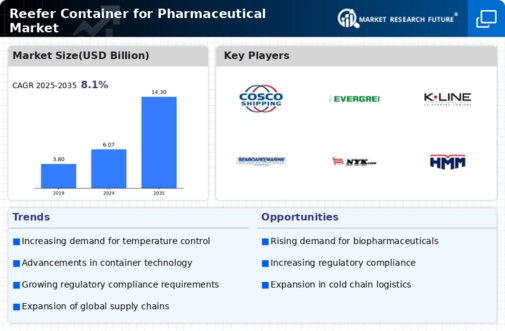
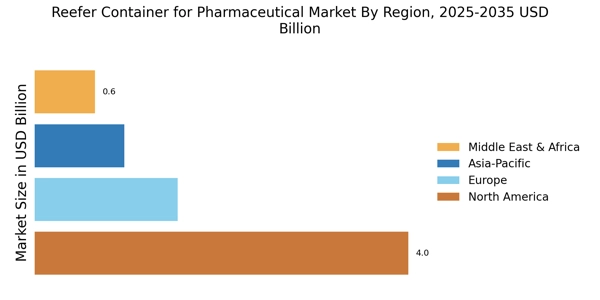
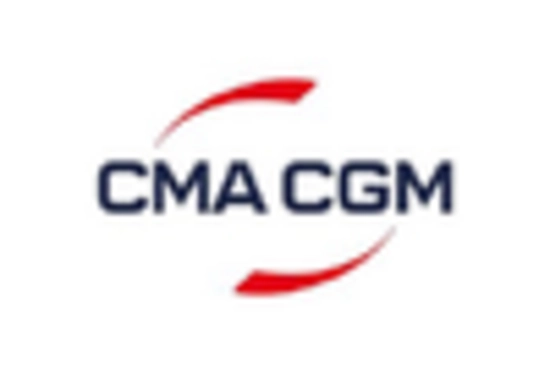
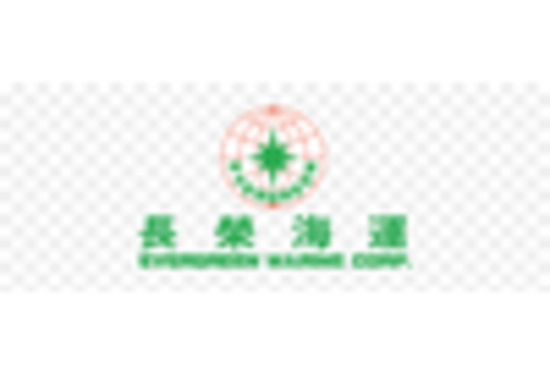
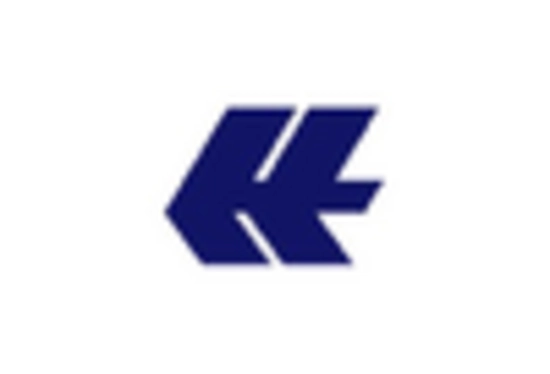

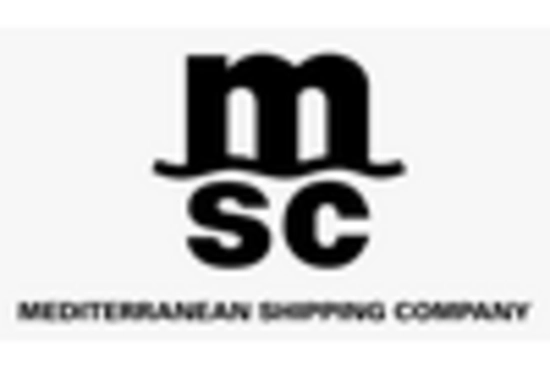
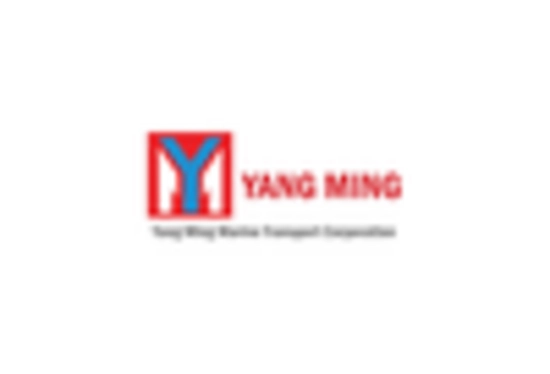








Leave a Comment